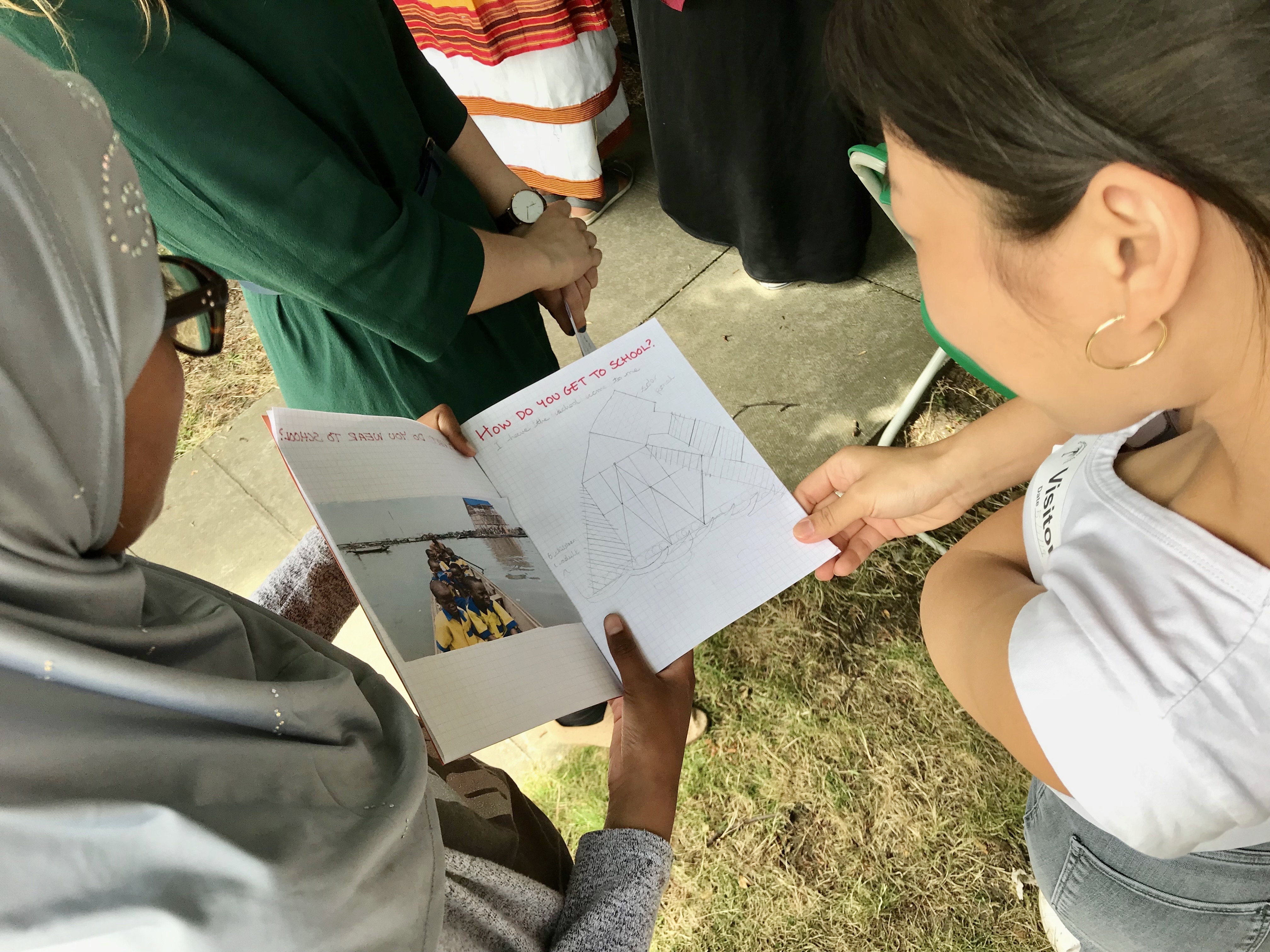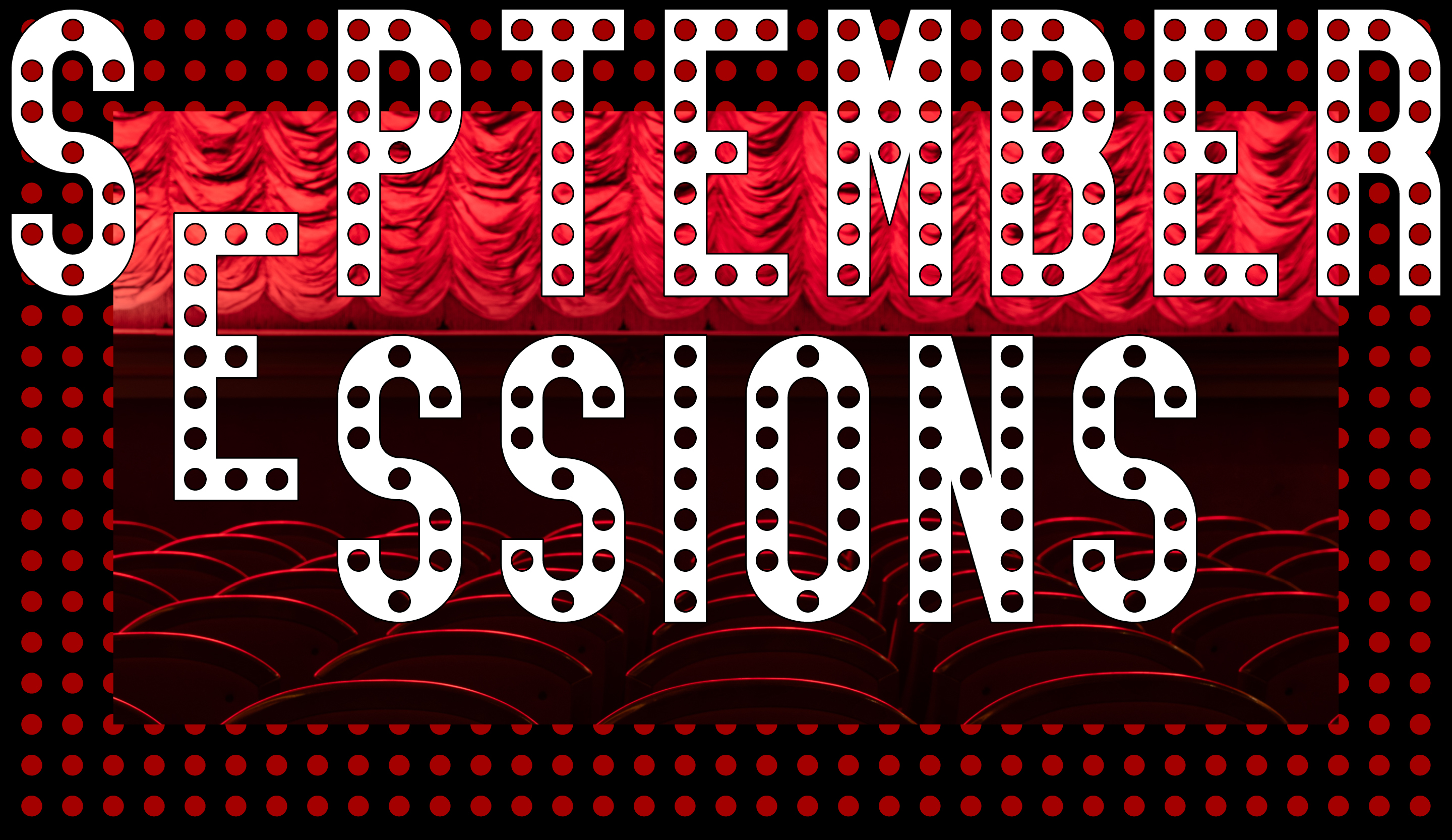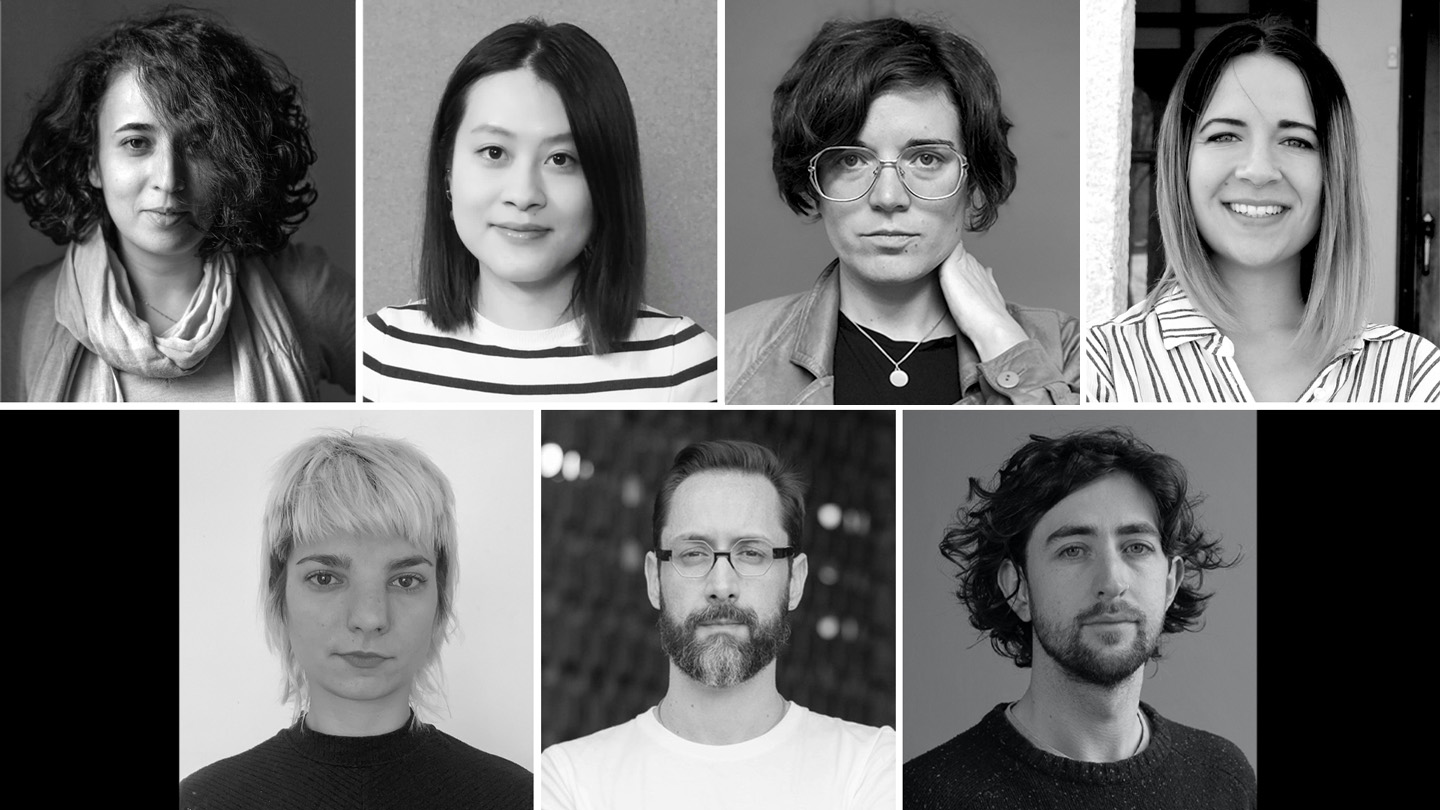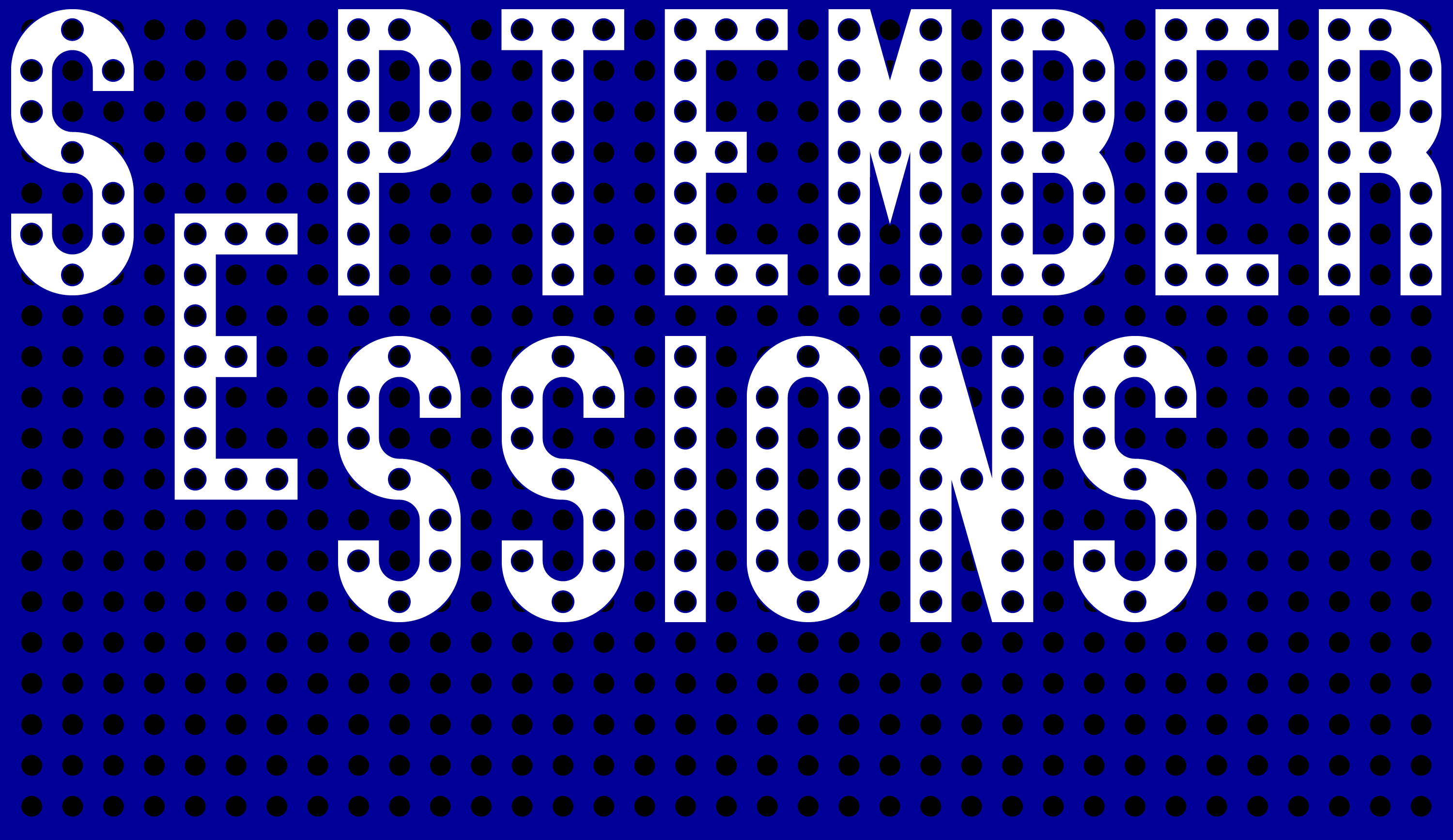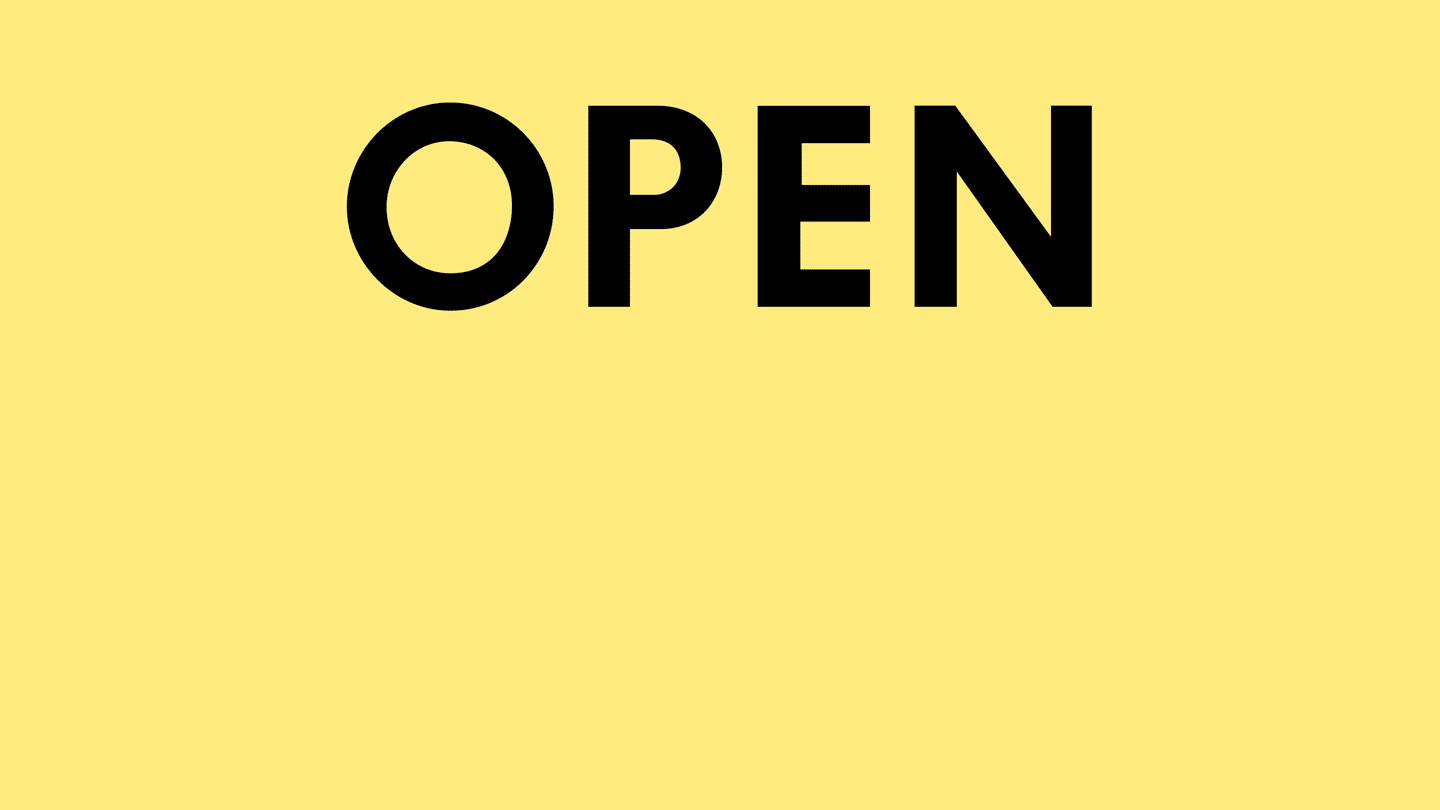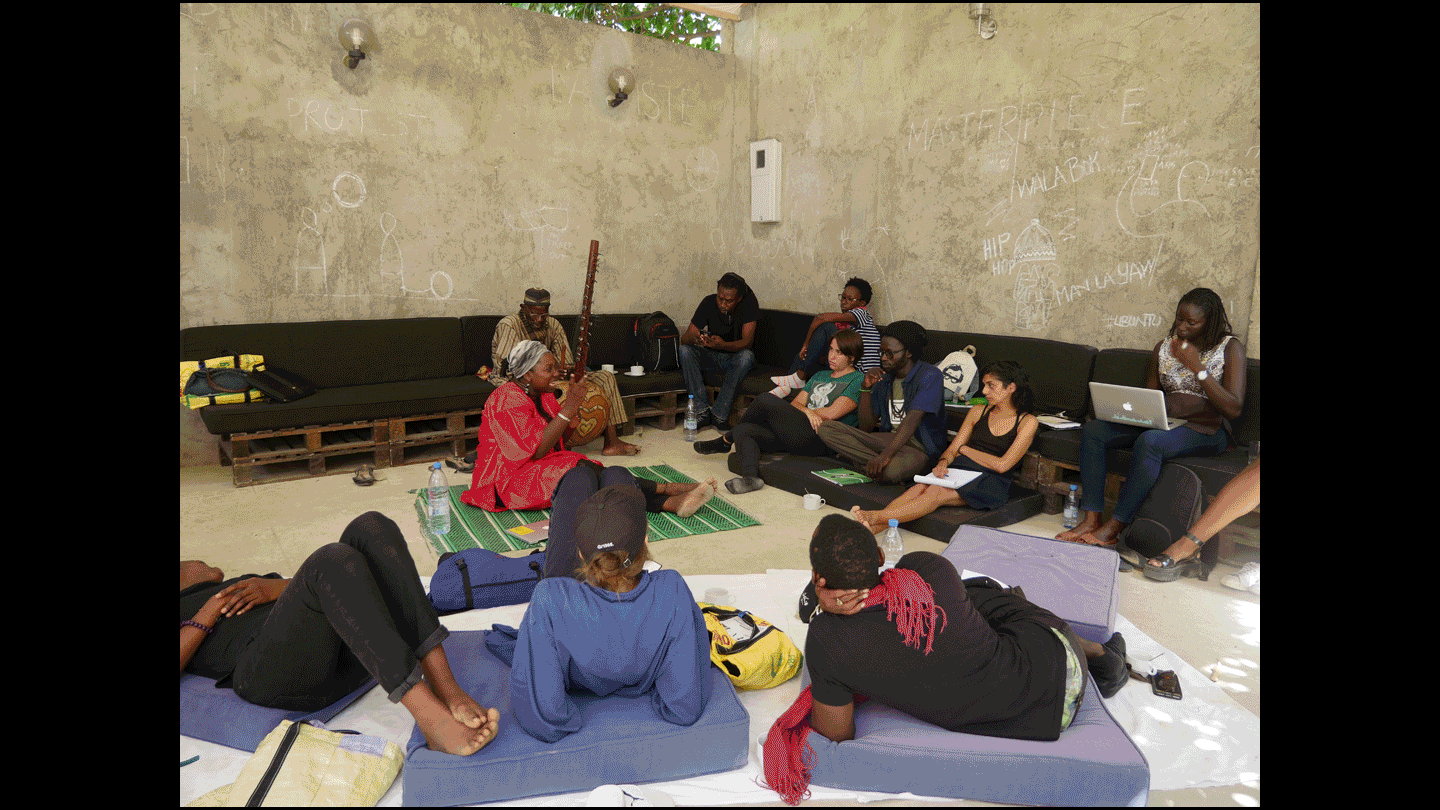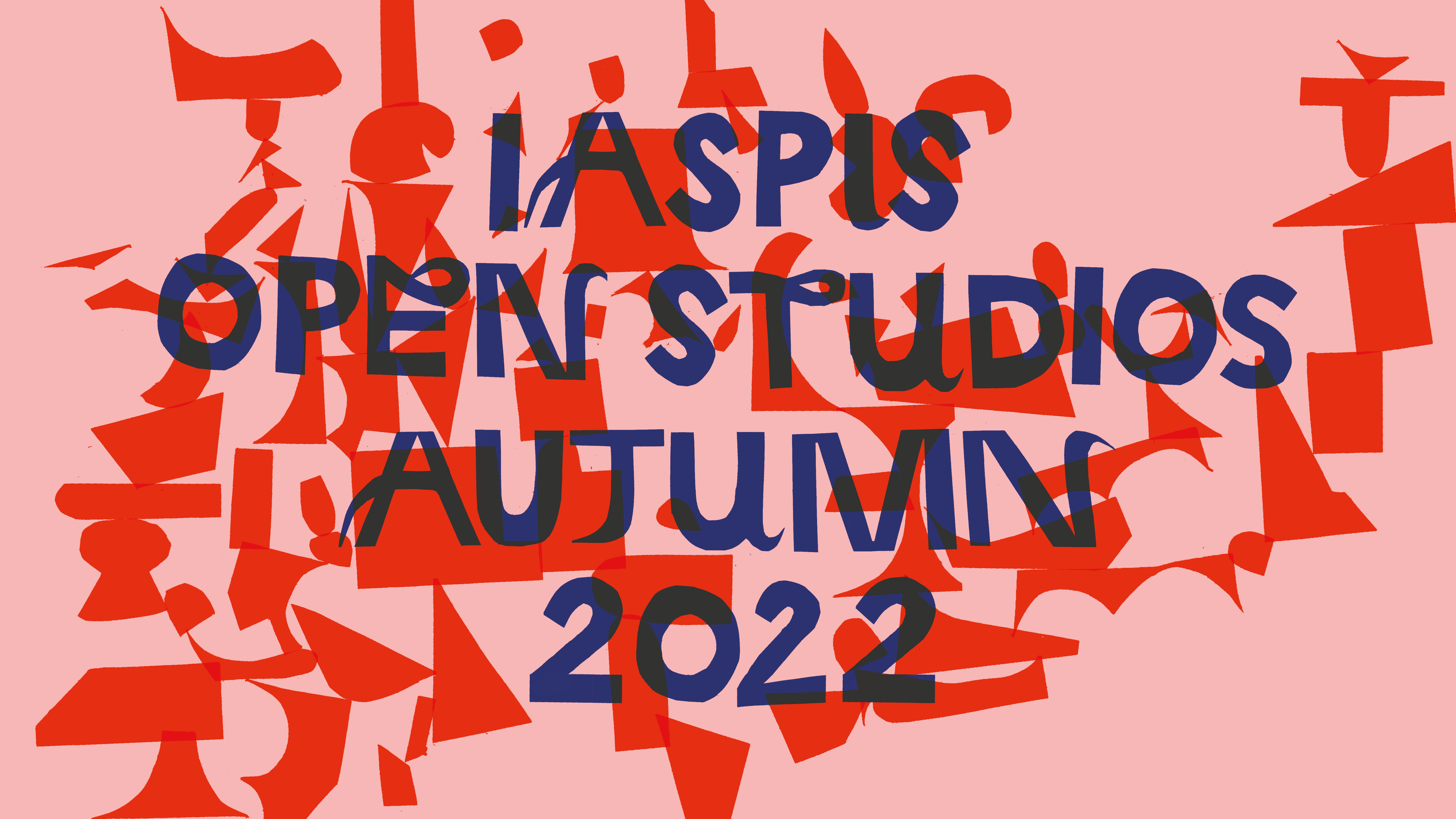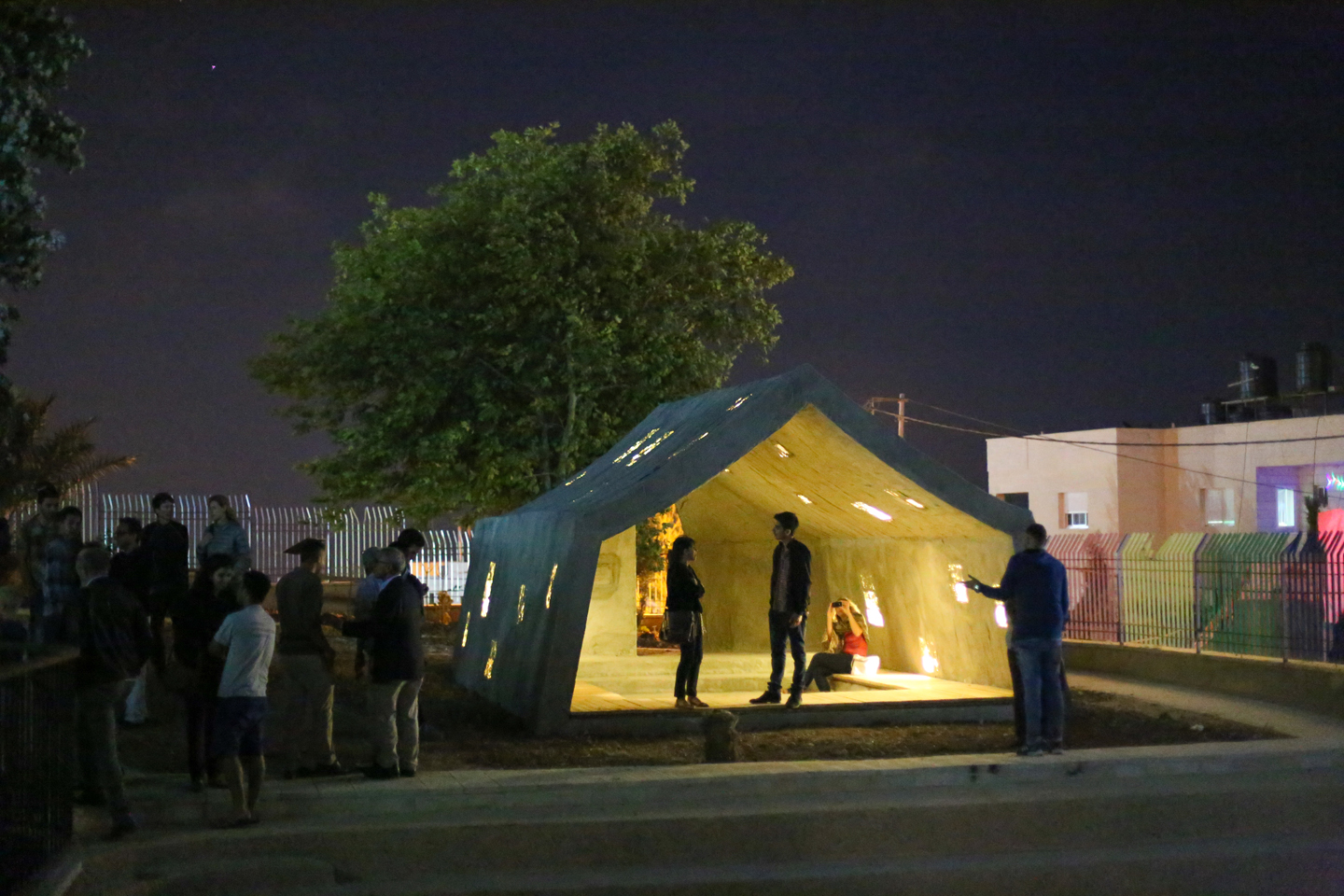New Relation-alities
Saturday 25 February 2006
New Relation-alities is the first part of FRESH HISTORY: A SERIES OF SEMINARS ON HOT TOPICS IN THE ART OF THE LAST 20 YEARS.
The subsequent seminars will take place in Gothenburg and Umeå in Autumn 2006.
Iaspis
Jakobsgatan 27, Stockholm
www.iaspis.com
Participants: Gardar Eide Einarsson, artist (Oslo/New York), Alex Farquharson, critic and curator (London) and Nina Möntmann, critic and curator (Hamburg).
coA seminar about art focussing on social relations and working from a critical and theoretical perspective in order to decode and understand what types of relations with the viewer an artwork produces. What are the relations created between art, institutions and the public? What linguistic means of expressions are obtainable when trying to find adequate terms for all of these forms of relations?
One of the recent decades most influential and disputed trends in contemporary art is the so called relational aesthetics. In the book Esthétique relationelle (1998), the curator and critic Nicolas Bourriaud defines certain contemporary artworks as an attempt to create relationships between people over and above institutionalised relational forms, something that has been widely discussed, recently in a delayed, but intense reception in the UK and US. Despite the fact that the notion of relational aesthetics was originally coined to discuss works by certain artists, it has become a catch phrase carelessly used for any artwork with an interactive and/or socially related dimension. Recent years relational tendencies, which often depart from the model Bourriaud advanced, include interventionist and off-site projects, discursive and pedagogical models, neo-activist strategies, and increasingly functionalist approaches (e.g. art/architecture collaborative groups).
The seminar aims at comparing and discussing several relational and participatory approaches, some of which have been largely overlooked such as Suzy Gabliks connective aesthetics, Susanne Lacys new genre public art, Grant Kesters dialogical art and the so-called Kontextkunst. What are the similarities? Where do they diverge? Is it perhaps necessary to come up with new, more appropriate, terms in order to be able to discuss a wide variety of practices, which nevertheless are related to one another? How can an analysis of these approaches serve for the art created today? How is the relationality of artworks and art institutions to their publics affected by the increasing corporatisation of art institutions, with the demand for populist programming and visitor figures as the prior measurement for success?

